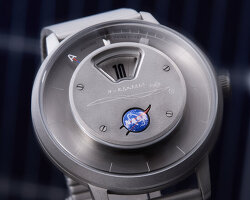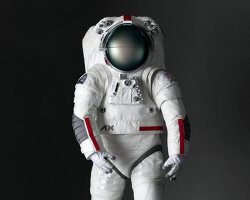KEEP UP WITH OUR DAILY AND WEEKLY NEWSLETTERS
explore the series of high-tech toys and devices designed with modern features for adults.
its external body features abstract semi-circles in white and gray over a warm gray base, subtly evoking the ripples and waves of flowing water.
connections: +430
designboom interviews chief design officer gorden wagener to discuss the ‘frunk’, AI agents that detect the driver’s moods, and more.
a real-life model of the two-wheeler appears at honda welcome plaza aoyama in tokyo, japan in march 2025.
connections: +550
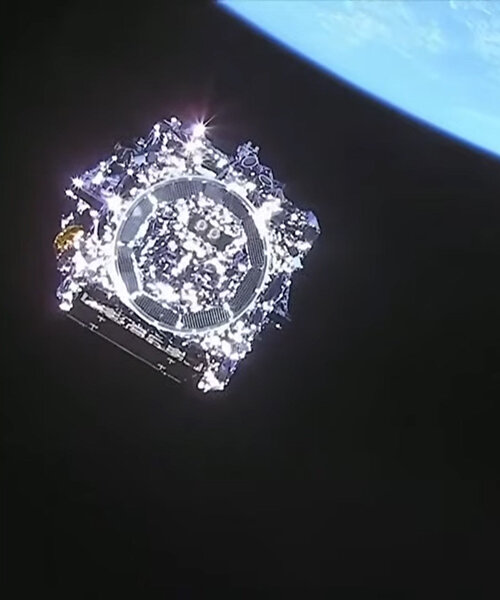
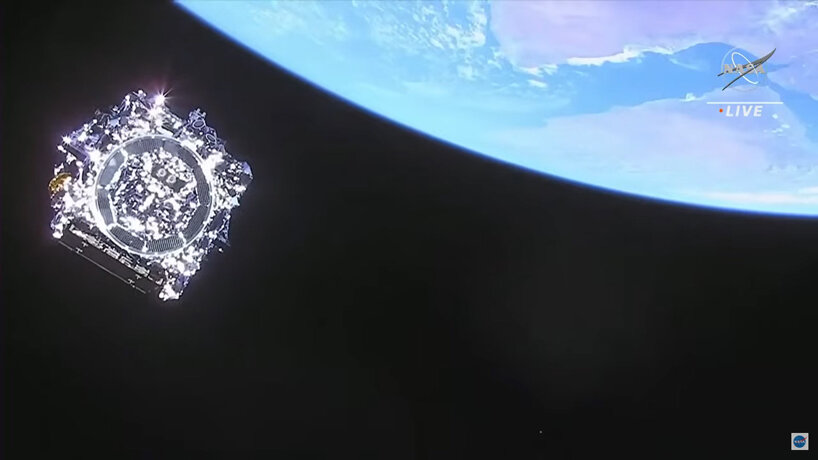 image courtesy of arianespace, ESA, NASA, CSA, CNES
image courtesy of arianespace, ESA, NASA, CSA, CNES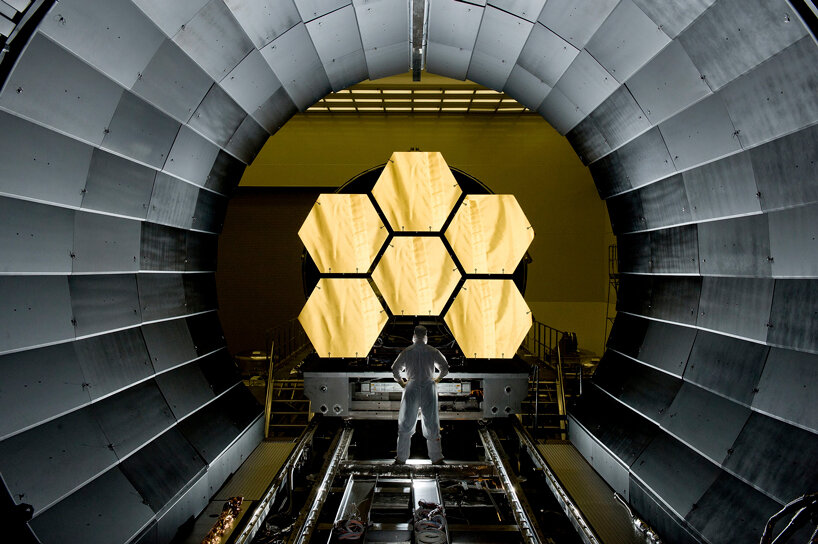 james webb space telescope, primary mirror segment | image © NASA/MSFC/david higginbotham
james webb space telescope, primary mirror segment | image © NASA/MSFC/david higginbotham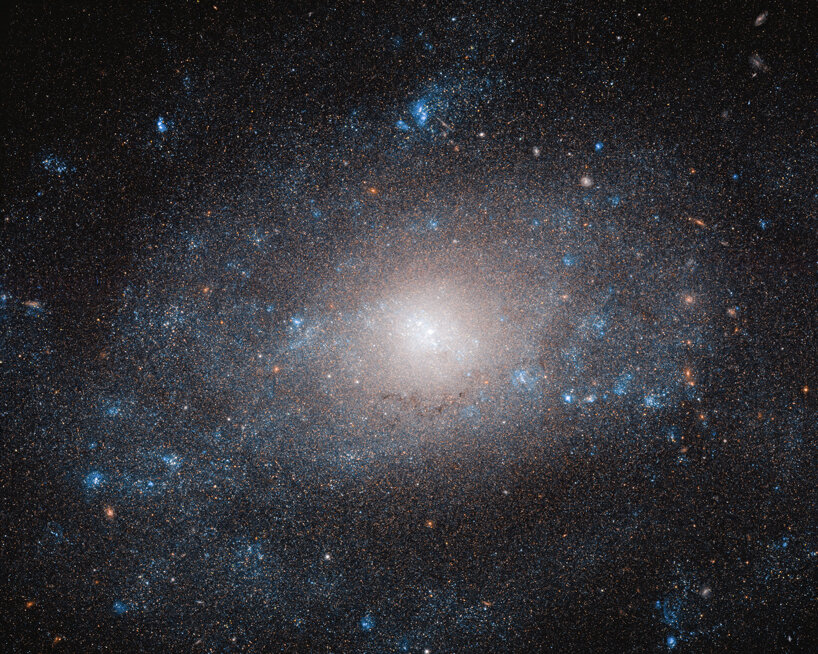 dark matter surplus | image ©
dark matter surplus | image © 

